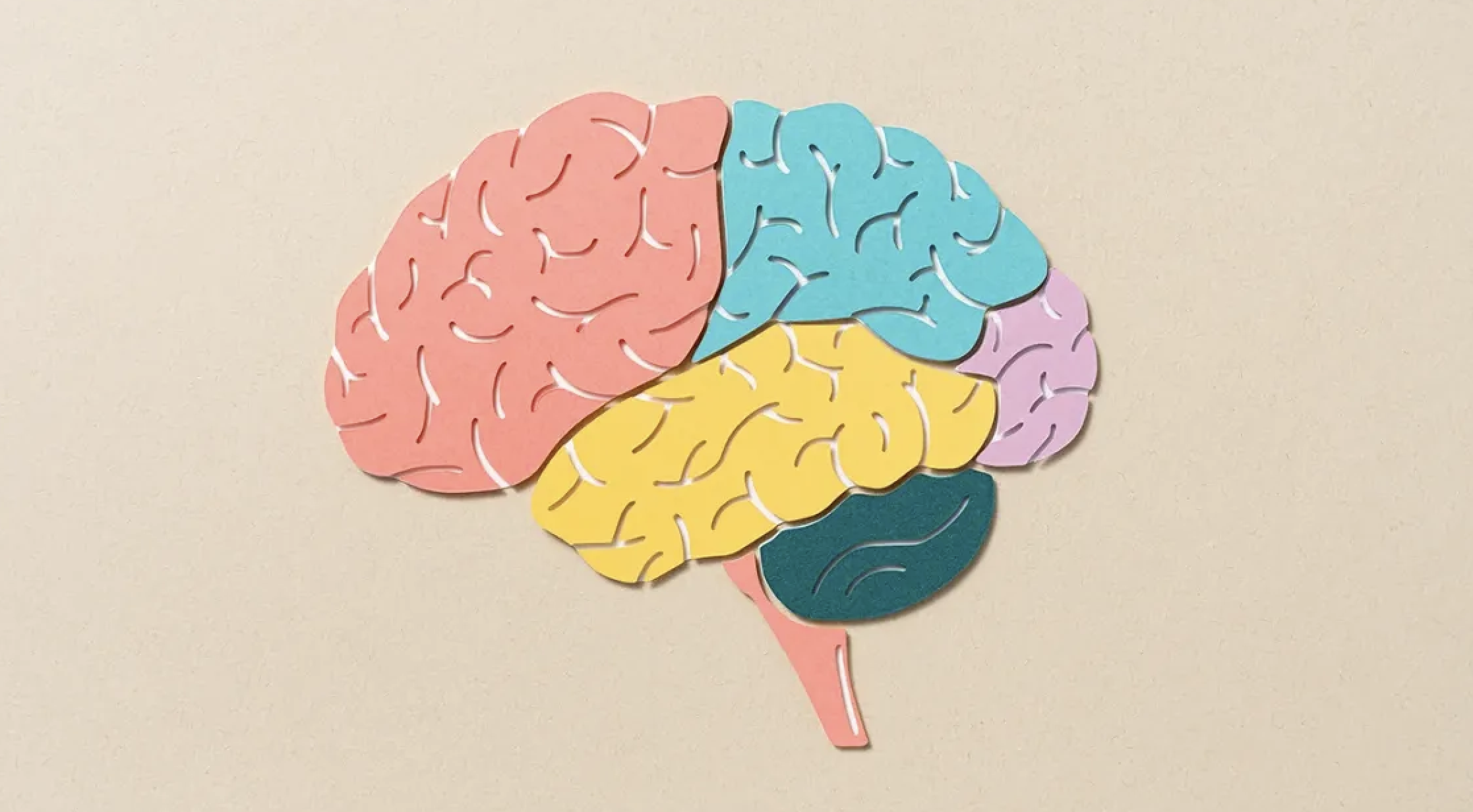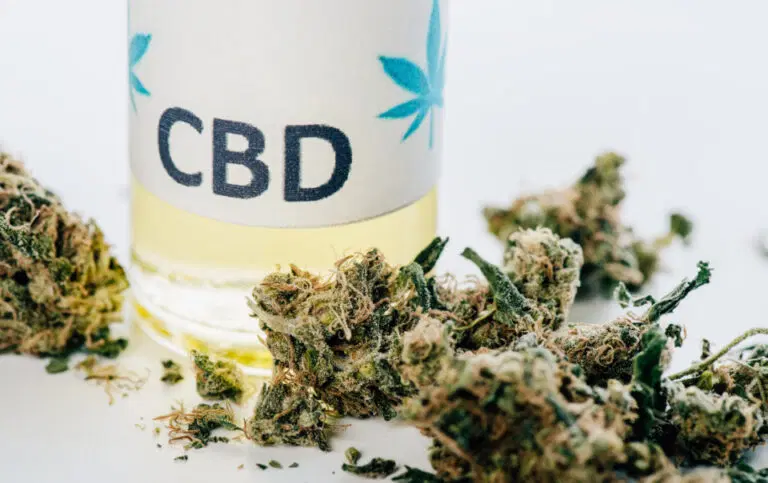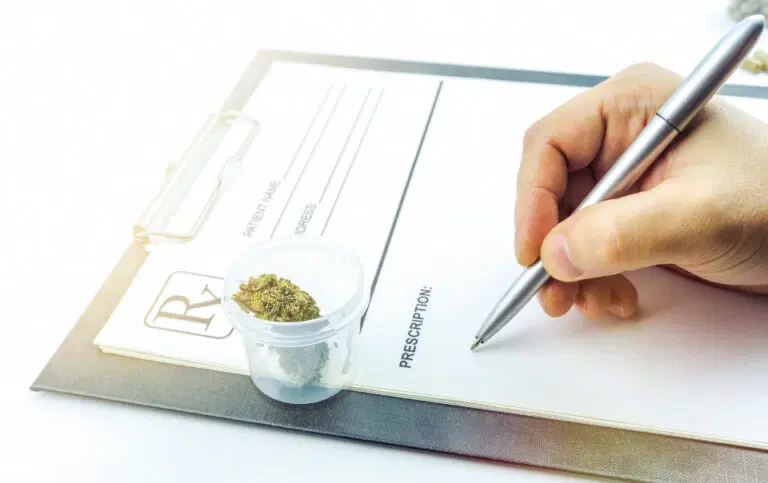
Pain is a complex series of interactions that affects both the mind and body. Historically, pain was considered a condition that had a visual source. If it can’t be seen, it must be imaginary or only in the brain. Patient claims of pain that couldn’t be “proven” were often treated as irrelevant or unreal. This eventually led to the development of the chronic pain community, and is one of the guiding forces today in the effects of cannabis on the brain’s pain center and natural or plant-derived pain relief treatments involving the cannabis sativa plant, most commonly called weed, cannabis, marijuana, bud, green, etc.
No two perceptions of pain are the same. It’s unique to each individual and normally comes and goes. But for over 50 million people in the United States, pain is persistent or chronic, according to a study from Science Daily. To dull the reaction and minimize its effects, many people rely on anti-inflammatory medications or pain relievers, such as opioids, NSAIDs, aspirin, ibuprofen, etc. Those treatments can cause adverse symptoms and vary in efficacy per individual.
Marijuana is a natural plant that’s been used for ages for its pain alleviating properties. Today, many patients use medical cannabis treatments to ease their pain, manage their symptoms, and improve their quality of life.
 When triggered, pain stimulates the neuromatrix center, affecting six areas of the brain: the primary somatosensory cortex, secondary somatosensory cortex, anterior cingulated cortex, insular cortex, prefrontal cortex, and the thalamus. This complex system is responsible for pain neuron activation patterns¹. Normally pain activity is higher and more widespread in the areas associated with stimuli and perception. Chronic pain tends to increase activity in the areas of the brain associated with emotional response.
When triggered, pain stimulates the neuromatrix center, affecting six areas of the brain: the primary somatosensory cortex, secondary somatosensory cortex, anterior cingulated cortex, insular cortex, prefrontal cortex, and the thalamus. This complex system is responsible for pain neuron activation patterns¹. Normally pain activity is higher and more widespread in the areas associated with stimuli and perception. Chronic pain tends to increase activity in the areas of the brain associated with emotional response.
The ability to differentiate where pain occurs takes place in the primary somatosensory cortex. Brain activity is higher on the ipsilateral side of the brain when pain is acute. However, neuron activity is more widespread across opposite regions for chronic pain. According to a study from Future Medicine, peripheral activity plays an essential role in pain and may eventually provide clues about the dissociation between pain origin and pain perception.
The neuromatrix is where pain perception occurs. Studies highlight the correlation between mood disorders and pain. Severe or chronic pain responses constitute significant risk factors. Medications used to treat pain include antidepressants, narcotics, anesthetics, opioids, NSAIDs, etc. Many pharmacological treatments come with risks that can intensify pain and other symptoms and negatively impact mental health, often creating a vicious cycle.
Pain causes three primary types of sensations: somatic, visceral, and neuropathic. These sensations are primarily influenced by pathway activation in the brain.
Somatic pain is described as a deep ache or hurt that’s often felt after movement. Somatic pain signals travel along the peripheral nerves to the brain after injury or activation.
Neuropathic pain happens when the nerves are damaged, injured, or dysfunctional. Nerve pain involves extreme sensations of hot or cold and stimuli; many people describe neuropathy as a painful or unpleasant burning sensation. Unlike other types of pain, neuropathic pain is notoriously difficult to manage, especially with strong painkillers. Many people suffering from neuropathic and chronic pain disorders find relief with antidepressants and other medical procedures as off-label treatments.
Visceral pain is felt when there’s injury or trauma to the organs or tissue in the abdominal region. Visceral pain can cause extreme pain deep inside the gut and in areas far from the point of injury. This is known as referred pain.
Evidence from past clinical genetic and pharmacological studies involving animals suggests that medicinal cannabis has an analgesic effect on pain signals, especially those of neuropathic origin. Nerve pain is one of the most difficult types of pain to manage. Numerous clinical studies indicate cannabis cannabinoids inhibit pain perception when they interact with the neurotransmitters in the brain’s pain center or neuromatrix and throughout the body.
Cannabis is full of cannabinoids chemically similar to the endocannabinoids naturally produced by the body. The cannabinoids in the cannabis plant interact with the endocannabinoid system ECS.
Cannabis Cannabinoids and Endocannabinoids
There are hundreds of cannabis cannabinoids, each with different properties. But none are as popular as THC due to its psychoactive effects. Despite misconceptions about THC’s impact on the brain and body, there is growing scientific evidence of its therapeutic benefits on many body and brain processes, especially pain.
Pain triggers many reactions in the brain, including cannabinoid activity. The introduction of THC into the body causes a similar response. However, pain sensitivity decreases when THC binds to the CB1 receptors in the brain, primarily in the medulla oblongata region and throughout the body. The medulla oblongata is part of the pain neuromatrix in the brain.
The chemical reactions in the brain that are triggered by pain also signal the release of endocannabinoids which reportedly have a positive effect on pain until they are metabolized. Peripheral nerves are full of cannabinoid receptors. These receptors suppress pain signals through different mechanisms than opioids and standard pain medications when activated. THC is the same cannabinoid that gives marijuana its psychoactive properties.
Pain is a complex response that involves neurotransmitters, enzymes, etc. Anandamide acts as an endogenous lipid that binds to CB1 receptors in the brain’s pain center, muting the pain response. Anandamide (AEA) was one of the first endocannabinoids discovered² and harvested (from a pig) back in 1922. Though effective at reducing pain, anandamide has a short half-life, making its pain analgesic effects fleeting.
AEA just so happens to be known as the internal bliss molecule; its name is of Sanskrit origin. THC cannabinoids act similarly to AEA molecules when they bind to CB1 receptors in the endocannabinoid system (ECS) and brain’s pain center.
THC, however, takes longer to metabolize or break down. It produces longer-lasting pain relief because it has a dampening effect on cannabinoid activity throughout the body. This same interaction may cause adverse reactions in some patients, such as nausea, dizziness, and excessive thirst. Many medical patients find cannabis side effects more tolerable than those associated with many popular and commonly used narcotics. Surprisingly, pain relief is more noticeable with indica dominant and high THC marijuana hybrid strains.

Marijuana has two main cannabinoids known for their therapeutic effects, CBD and THC. CBD (cannabidiol) is the non-psychoactive version of THC (tetrahydrocannabinol). When consumed, these cannabinoids interact with the brain’s cannabinoid receptors. Cannabis contains hundreds of cannabinoids, many with reportedly beneficial health effects.
THC reduces pain levels by activating dopamine and other compounds in the brain’s reward system. Many cannabis users experience euphoric feelings or a high. CBD acts similarly to THC by reducing pain signals and inflammatory responses to alleviate pain. But, CBD does not have psychoactive effects on the mind or mood.
Marijuana can be converted into several cannabis products for pain relief. These forms determine the potency and duration of therapeutic effects.
The use of cannabis topicals and ointments are popular among medical use patients. They contain marijuana cannabinoids that, when applied, seep into the skin to interact with the CB1 and CB2 receptors and nerves to provide relief. Topicals and ointments are effective for inflammatory pain.
Many cannabis patients manage their pain and other symptoms with foods, such as cookies and candies, and beverages containing marijuana. Edibles take a little longer to work initially. The effects often start within 30 to 90 minutes after ingestion. The cannabinoids must pass through the liver to enter the bloodstream and travel to the brain. However, their physical effects, including pain relief, last longer than alternative methods of cannabis use.
Edibles can provide several hours of pain relief depending on the cannabis strain, patient, and pain. Peak effects typically start within two hours after ingestion and last up to 12 hours, depending on the strain and patient. However, edibles can produce unpredictable results for some people. And their effects can be a bit strong for novice cannabis patients.
Smoking marijuana is one of the most direct and common ways patients use cannabis for treatment. Relief is fast because the cannabinoids from smoking cannabis are inhaled and quickly absorbed into the bloodstream. Though smoking itself can be harmful, inhalation provides many patients with rapid pain relief and is extremely helpful for breakthrough pain.
Using cannabis sublingually involves placing cannabis tincture, FECO, or RSO oil concentrates under the tongue. Sublingual delivery is the fastest way for marijuana cannabinoids to enter the bloodstream and interact with the receptors in the body and brain to alleviate the sensation and perception of pain.

In addition to cannabinoids, the marijuana plant is full of terpenes that are also helpful in pain management. Pain is more than a physical reaction. It’s a complex brain and body response influenced by mood, psychological stimuli, and more. Terpenes modulate pain neurotransmitter activity to alleviate stress, depression, and anxiety. Cannabis terpenes and cannabinoids combined can reduce the severity and perception of pain.
High THC strains, such as indicas and hybrids, tend to be more effective for pain relief. Patients may need to experiment with different strains and potencies to determine the best marijuana strains and consumption forms for their situations.
A few marijuana strains that are popular pain relief treatments in the medical cannabis community include:
Wedding Cake is better suited for experienced users or those used to THC-rich and low CBD cannabis strains. It is a mixture of Girl Scout Cookies and Cherry Pie strains. It causes users to feel happy and relaxed while effectively chasing anxiety and depression feelings away. The strain has sedative properties and effectively alleviates normal and chronic pain and improves appetite and digestion. Dry mouth and dry eyes are common side effects for some patients.
Northern Lights is a favorite in the medical cannabis community due to its sedating and uplifting mind and body effects. It’s a cross between Thai sativa and Afghani indica strains, making it a robust hybrid for pain relief. Many patients and recreational users use Northern Lights for its pain relief, appetite increase, and insomnia fighting properties. Novice users beware, Northern Lights is best suited for evening use, just before bedtime.
GMO lineage hails from Girl Scout Cookies and ChemDawg. Both strains are heavy hitters that are extremely popular in the medical marijuana community. However, GMO’s THC content induces strong feelings of euphoria, relaxation, and happiness that minimize pain perception and sensation. Moderation is advised because GMO is strong enough to cause sleepiness and munchie attacks in small amounts. GMO is a favorite in the chronic pain and cancer pain communities.
White Widow is a medium THC-rich strain widely known and preferred for its mood enhancing and total body relaxation properties. The strain promotes positive emotions and encourages users to socialize. By the time mind relaxing effects onset, the physical body experience begins. Many people with autoimmune or chronic joint and muscle pain conditions, such as multiple sclerosis, fibromyalgia, arthritis, PTSD, and other medical or mood disorders, use White Widow to ease their symptoms.
Medical cannabis is reportedly a popular pain treatment. Opioids and many prescription medications come with a high risk of dependency. As a result, many people with addiction risks or who could benefit from opioid treatment rely on marijuana to treat their ailments and avoid drug dependency. One clinical study shows that over 80 percent of opioid patients prefer medicating with cannabis³ because they believe it’s more effective than alternative narcotic treatments. Also, marijuana enabled them to reduce their dependence on alternative pain narcotics.
Now that more is known about how the brain processes pain and its impact on health and quality of life, there’s growing interest and research into the therapeutic effects of cannabis. As more evidence is uncovered and perceptions change, a new generation of safe and highly effective cannabis pain treatments will likely emerge.
1. “Chronic Pain and the Brain.” Physiopedia, 3 June 2022. www.physio-pedia.com/index.php?title=Chronic_Pain_and_the_Brain&veaction=edit§ion=3
2. Scherma, Maria et al. “Brain activity of anandamide: a rewarding bliss?.” Acta pharmacologica Sinica vol. 40,3 (2019): 309-323. doi:10.1038/s41401-018-0075-x
www.liebertpub.com/doi/10.1089/can.2017.0012
3. Brigham and Women’s Hospital. “One in five American adults experience chronic pain.” ScienceDaily. ScienceDaily, 20 April 2021. www.sciencedaily.com/releases/2021/04/210420092901.htm
No Information on MarijuanaDoctors.Com should be used to diagnose, treat, prevent or cure any disease or condition. You can view our Full Disclaimer here.